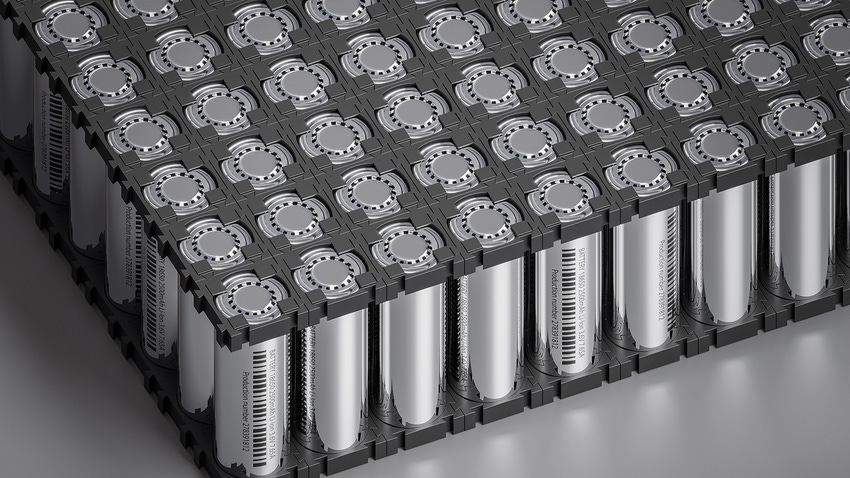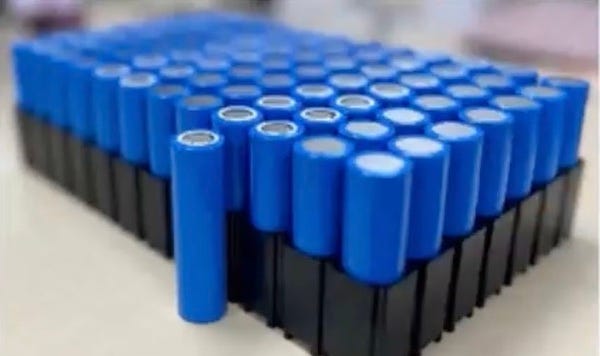PPE Ups Flame Retardance, Lightweighting in Battery Applications
Asahi Kasei’s Xyron PPE resin also eliminates potting in battery cell holders.
March 25, 2024

Electric vehicle (EV) makers are always exploring avenues to lighten the load and lengthen the range of their offerings, whether they run on two, three, or four wheels. Japan’s Asahi Kasei believes it has a potent solution to achieve this aim and more with its portfolio of Xyron modified polyphenylene ether (mPPE) grades for battery enclosures.
Speaking at a webinar organized by UL Solutions, Asahi Kasei Plastics Singapore engineer Davin Keon highlighted the merits of the company’s Xyron Z series in lithium-ion battery pack components, especially when it comes to preventing runaway thermal propagation.
Improved flame retardancy
Xyron Z materials are rated UL V0 at a thickness of just 0.75 mm and 5 VA at 2 to 3 mm while employing halogen-free flame retardants. One grade, Xyron G532Z, survived a burn time of over five minutes without burn through when a 3-mm-thick plate was subjected to an 850°C flame. In comparison, polycarbonate (PC) endured the heat for 1 minute 51 seconds while PC/acrylonitrile-styrene-butadiene (ABS) lasted just 58 seconds before a hole formed.
Enhanced environmental credentials
Further enhancing environmental benefits, use of Xyron in battery cell holders eliminates the need for potting, a process whereby the gaps between the cells and the cell holders are filled with a compound based on materials such as polyurethane and silicone. The potting compound provides resistance to shock and vibration; creates a seal against moisture, solvents, and corrosive agents; and can potentially aid with electrical insulation, flame retardancy, and heat dissipation. The downsides, however, are extra mass and making the battery difficult to recycle.

Xyron mPPE resin enables battery designs that do not require potting. Image courtesy of Asahi Kasei.
Asahi Kasei’s Keon explains: “At the end of the battery’s life, non-potted cells can easily be removed and repurposed for energy storage, while the plastic comprising the cell holders can be replaced.” This is practically impossible if the cells are potted. In addition, faulty cells can be replaced during the manufacturing stage if they are detected.
Bio-based Xyron and recycled-content Xyron PPE grades are also available for OEMs looking to emphasize greener e-mobility.
Better impact resistance
Compared to PC and PC/ABS, impact strength retention is up to 15% higher in thermal shock testing, according to Keon. This is an important attribute for swappable batteries commonly used in electric motorcycles.
Asahi Kasei works with customers from the design phase, recommending design changes based on CAE analysis in order to pass drop tests and other challenges. “Using this process, we’ve worked with customers to cut development time by 30%,” says Keon. “Some of the advice we gave was making the components thicker and adding ribs.” With a density of just 1.1, adding thickness to mPPE parts has a lower impact than in other materials, notes Keon.
About the Author(s)
You May Also Like



